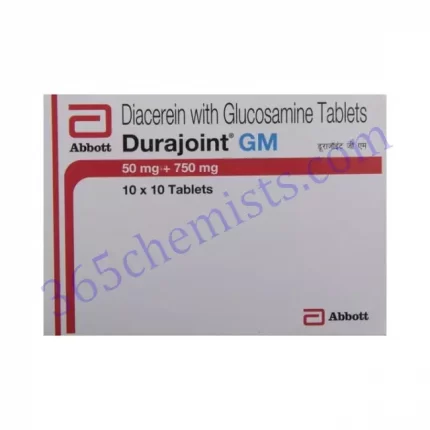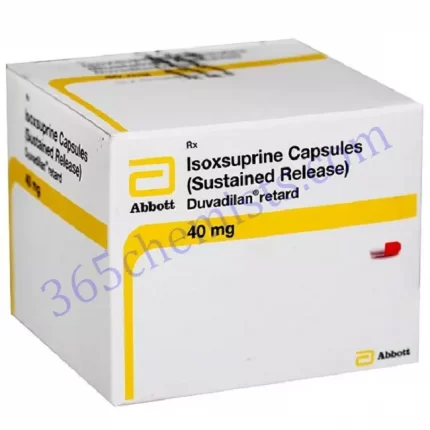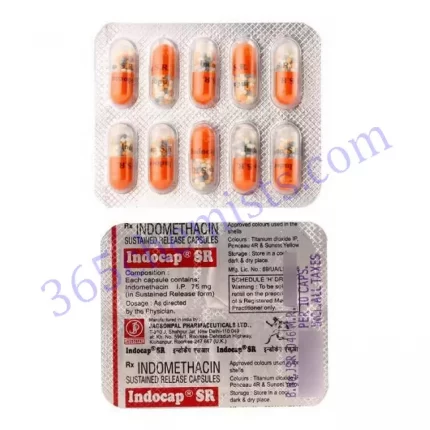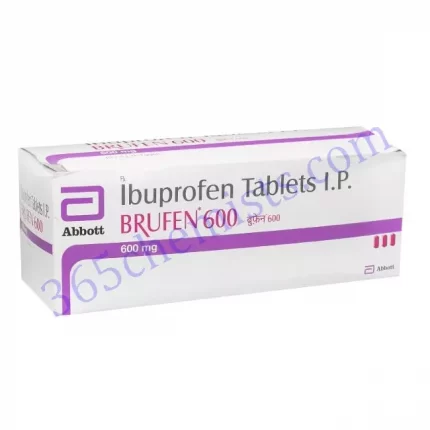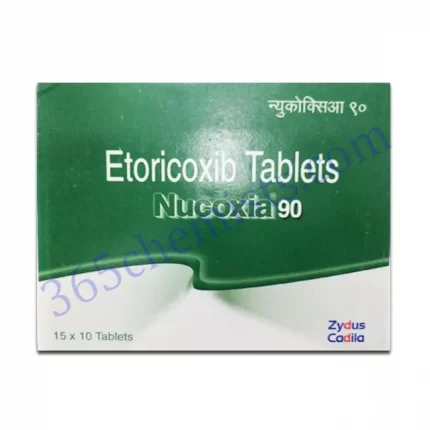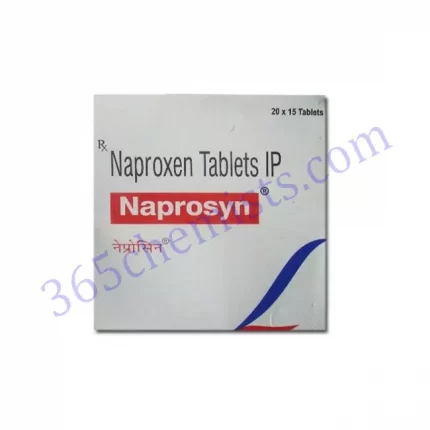Durapain Tablet: A Comprehensive Description of Diclofenac 75mg/Tramadol 50mg
Diclofenac 75 mg and Tramadol 50 mg are the two primary components that are responsible for the therapeutic effects of the medication known as Durapain Tablet. Its most common application is in the treatment of moderate to severe pain caused by a variety of conditions, including musculoskeletal disorders, postoperative pain, and dental pain. Tramadol is a centrally acting analgesic, whereas diclofenac is classified as a nonsteroidal anti-inflammatory drug (NSAID), which is one type of medication that treats inflammation. Tablets of Durapain are available to be taken orally and should be consumed in accordance with the instructions provided by a medical professional.
How Does Durapain Tablet Work?
The two active ingredients that comprise Durapain Tablet are responsible for the therapeutic effects that it produces.
- Diclofenac is effective because it blocks the body’s production of substances known as prostaglandins, which are responsible for inflammation. Inflammation is a process that can be painful and result in swelling; prostaglandins are a factor in this process. Diclofenac is able to alleviate pain and inflammation because it inhibits the production of prostaglandins, which is the cause of both.
- Tramadol: Its mechanism of action involves the binding of the drug to specific receptors in the brain, which in turn blocks the transmission of pain signals. In addition, Tramadol encourages the release of particular neurotransmitters, such as serotonin and norepinephrine, both of which are additional factors that contribute to the alleviation of pain. In addition, tramadol possesses a low level of opioid activity, which enables it to provide additional analgesic effects.
Indications for Durapain Tablet
Indications for the use of Durapain Tablet include the treatment of a variety of conditions, including:
- Musculoskeletal disorders: Osteoarthritis, rheumatoid arthritis, and low back pain are all examples of conditions that can cause a significant amount of pain and discomfort. The moderate to severe pain that can be caused by musculoskeletal disorders can be effectively managed with the use of Durapain Tablet.
- Pain after surgery: Patients who have undergone surgical procedures may experience moderate to severe pain at the site of the operation after the procedure is complete. The Durapain Tablet is a medication that assists in the management of postoperative pain and promotes a speedier recovery.
- Pain in the dental region Significant pain can be caused by dental procedures or conditions such as having a tooth extracted or having an infection in the mouth. The dental pain and discomfort can be effectively alleviated with the use of Durapain Tablet.
Dosage and Administration
It is important to take the Durapain Tablet exactly as directed by your doctor or other healthcare provider. It is possible for the dosage to change depending on the intensity of the pain as well as factors that are unique to each patient. It is generally recommended to take the tablet with a full glass of water, and it can be taken either with or without food depending on what the healthcare professional directs you to do. It is essential to take the medication exactly as directed, at the prescribed dosage, and for the full duration recommended by the doctor.
Possible Side Effects
The Durapain Tablet, like any other medication, carries with it the potential for a number of adverse effects. The following are examples of common adverse effects associated with the individual components:
1.Diclofenac:
Disturbance of the stomach: Symptoms associated with this condition may include indigestion, stomach pain, or diarrhoea.
Headache: Some people may experience headaches ranging from mild to moderate severity.
A feeling of lightheadedness or unsteadiness is referred to as dizziness.
2.Tramadol:
Nausea is a feeling of sickness or discomfort in the stomach, which is sometimes accompanied by the urge to vomit. Nausea can be caused by a number of different factors.
Drowsiness is a common side effect of tramadol, which can also cause sedation in some people.
Tramadol use may result in decreased bowel movements and increased difficulty passing stools, leading to constipation.
It is essential to keep in mind that these negative effects do not occur in every single person, and the degree to which they manifest varies depending on the individual experiencing them. It is recommended that you speak with a medical professional in the event that any of these adverse effects continue or become worse.
Precautions and Warnings
It is essential to carefully consider the following precautions and warnings prior to taking a Durapain Tablet, as they are among the most important.
- Reactions of an allergic nature: There is a possibility that some people are hypersensitive to diclofenac, tramadol, or any of the other related medications. Seek immediate medical attention if you experience any symptoms of an allergic reaction, including hives, difficulty breathing, or swelling of the face or throat, especially if you think it might be related to an allergy.
- Tramadol, like other opioids, has the potential to cause respiratory depression, especially at higher doses. This effect is exacerbated when the drug is taken. Individuals who have a history of respiratory depression or respiratory conditions should use Durapain Tablet with extreme caution and only under the supervision of a medical professional.
- There is a risk of developing a dependence on Tramadol, and the drug may also be abused. Individuals who have a previous history of substance abuse or addiction should exercise extreme caution when using it.
Conclusion
The combination medication known as Durapain Tablet, which contains diclofenac 75 mg and tramadol 50 mg, is prescribed for the treatment of moderate to severe pain that is brought on by a variety of conditions. The Durapain Tablet provides effective relief from pain and inflammation by lowering the body’s production of inflammatory substances and obstructing the brain’s ability to transmit pain signals to other parts of the body. It is essential to take the medication exactly as directed, be aware of any potential adverse effects, and discuss any concerns you may have with a qualified medical professional.



